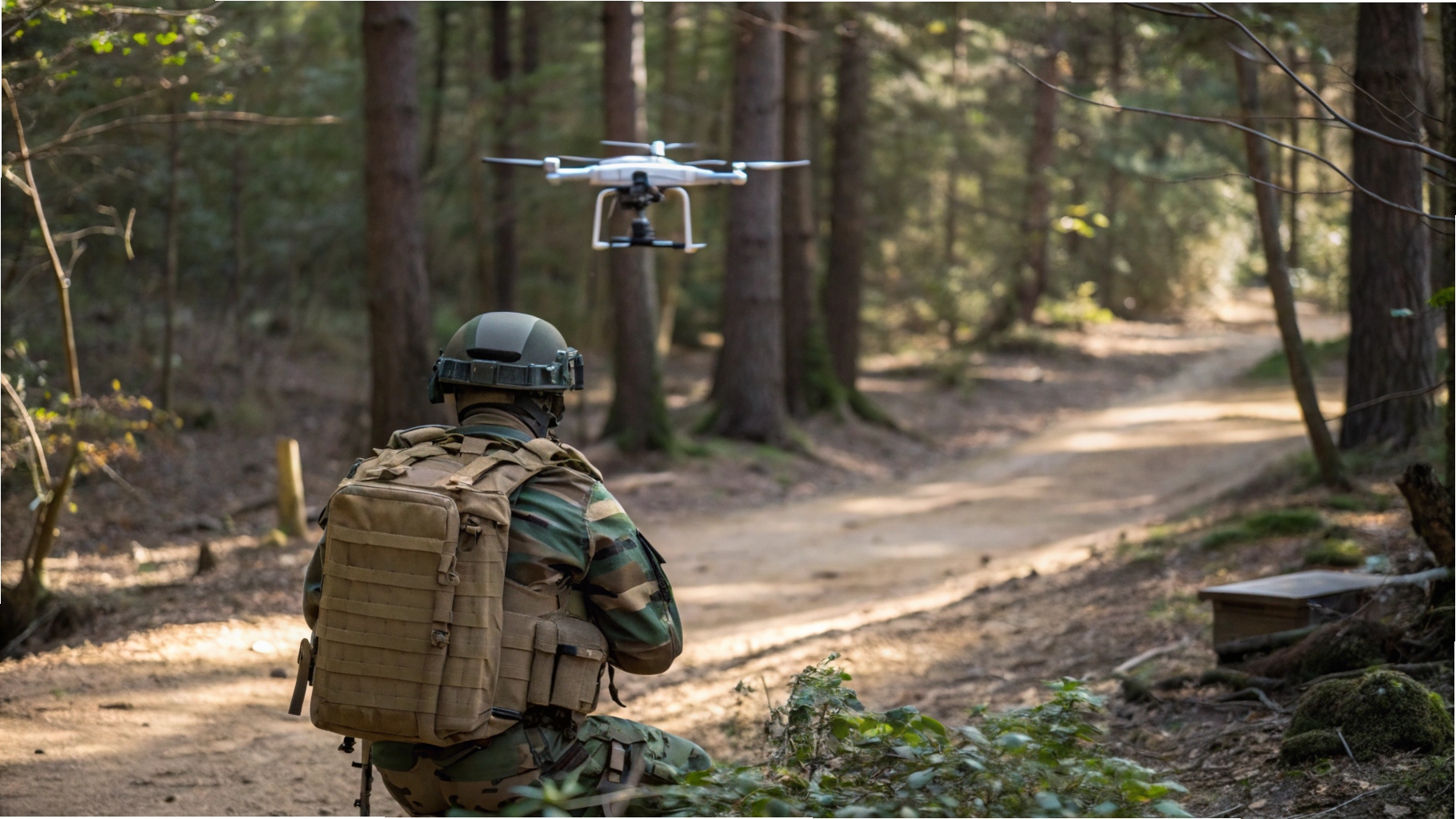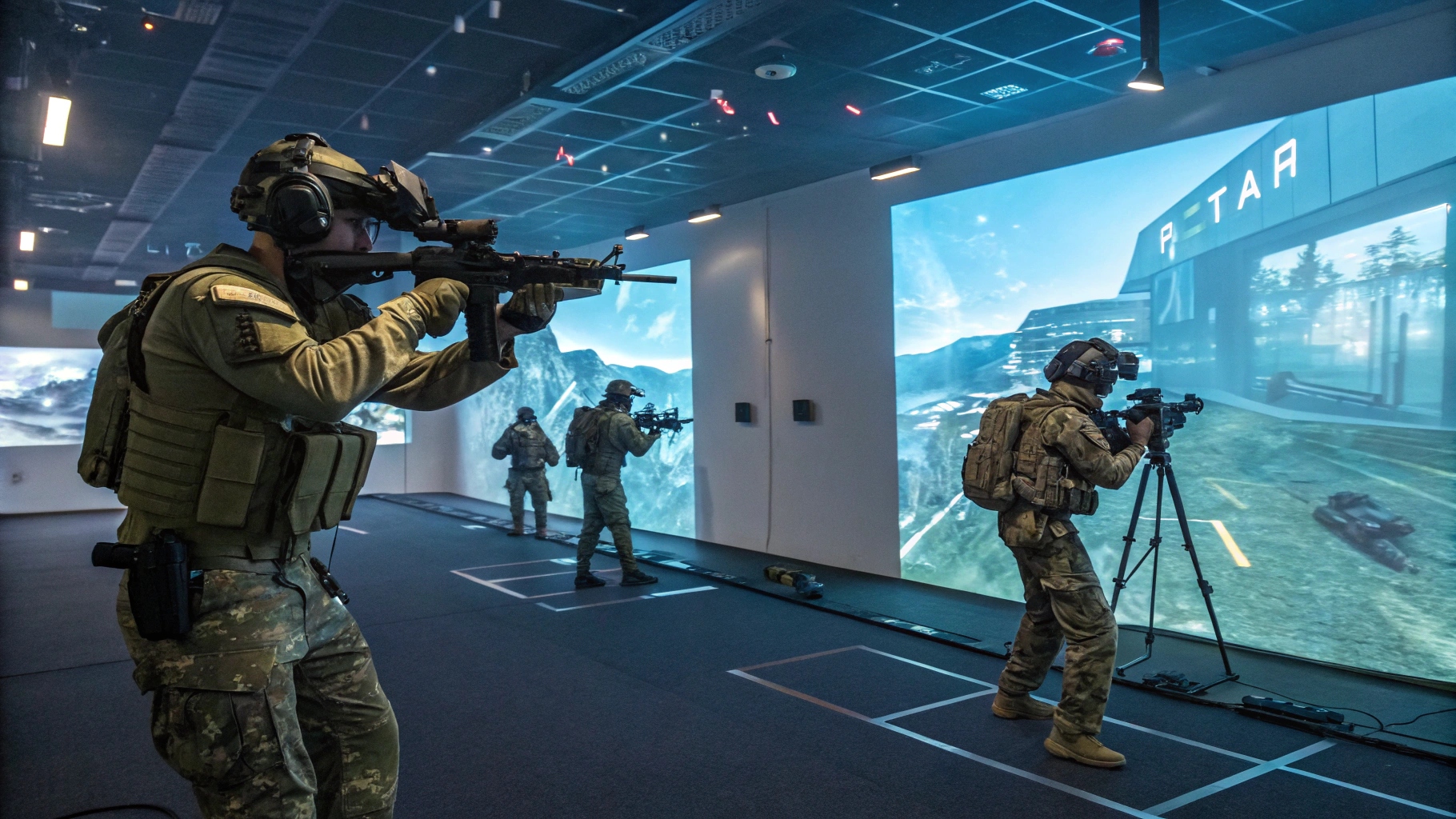
The US Air Force and Northrop Grumman have carried out the first qualification test of the Sentinel ICBM’s second-stage solid rocket motor, marking a major milestone in the weapon’s development.
This evaluation took place at the Arnold Engineering Development Complex in Tennessee, where the motor and its Thrust Vector Control system were tested under simulated high-altitude conditions in a vacuum chamber.
The motor was developed using digital engineering tools, allowing for real-time comparison between test results and simulation data—accelerating the refinement process and improving efficiency.
The stage-two motor, which forms the core of the Sentinel’s three-stage propulsion system, is undergoing a series of targeted test campaigns to verify digital designs and finalize key technical parameters. This follows prior tests of the stage-one and prototype motors, and feeds critical insights into the broader development effort.
In addition to propulsion testing, work continues across other Sentinel components, such as command and control systems, communications networks, and supporting infrastructure.
The Sentinel program is the Air Force’s next-generation ICBM initiative, replacing the Minuteman III fleet with 400 LGM-35A missiles at installations in North Dakota, Wyoming, and Montana.
The modernization drive also includes overhauling launch facilities, updating communication links, and ensuring future-readiness of support systems.
Decommissioning the Minuteman III missiles will involve structured demilitarization and safe disposal procedures.




























